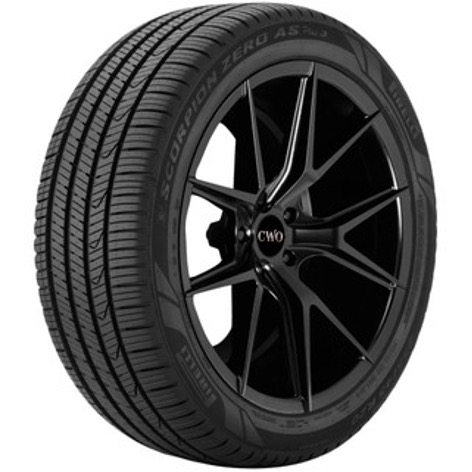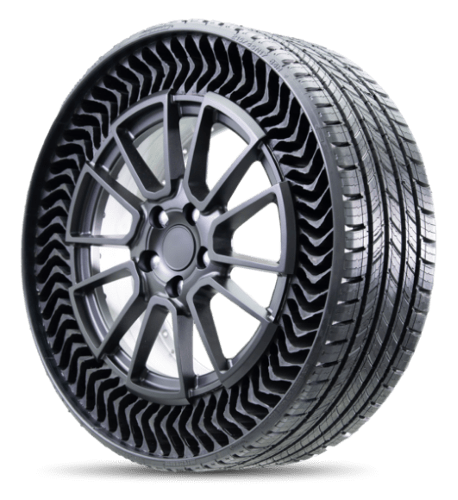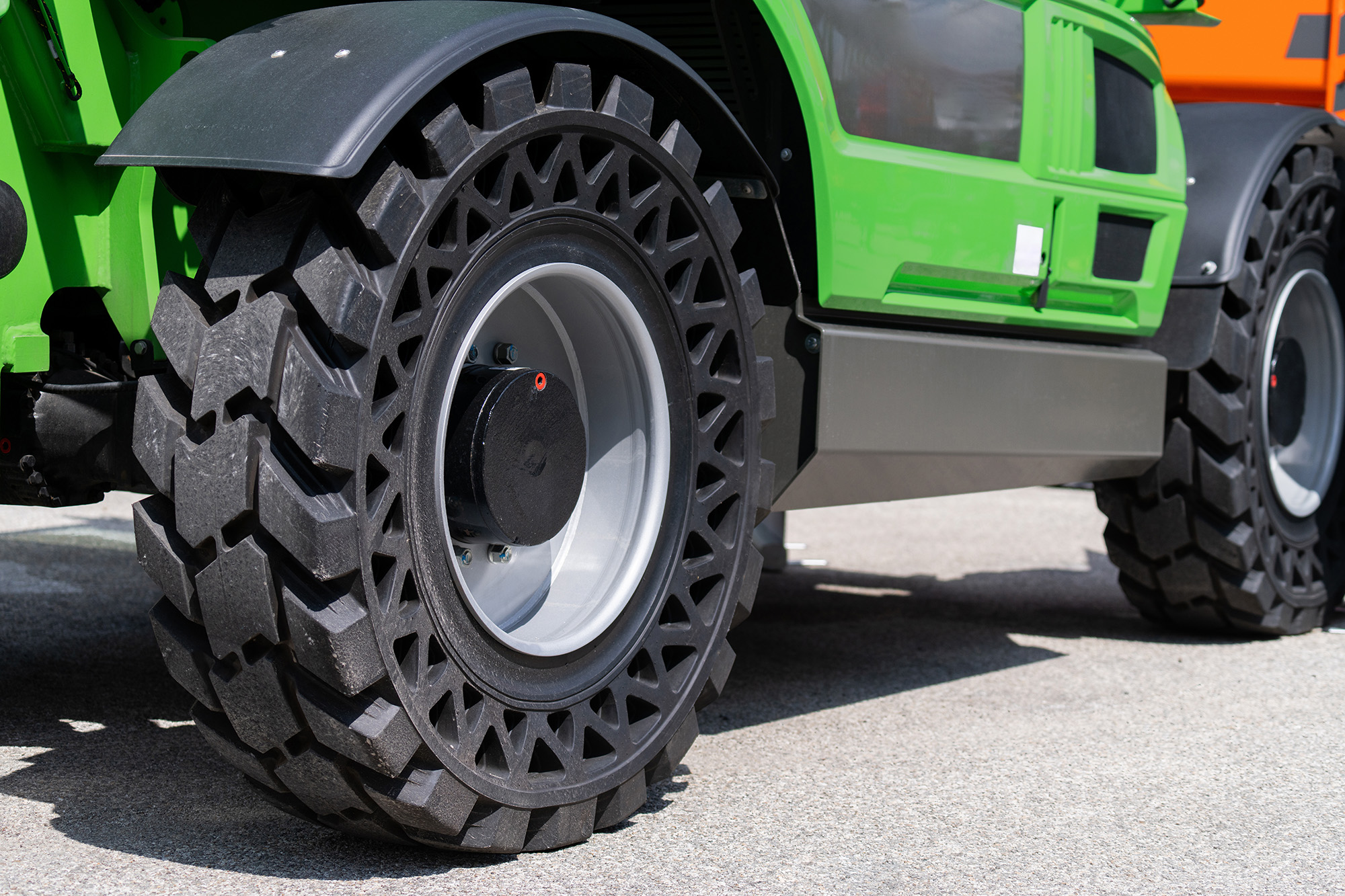In the ever-evolving world of automotive technology, the debate between pneumatic and airless tires continues to spark interest. While airless tires have emerged as an innovative alternative, pneumatic tires—those classic, air-filled marvels—still hold a distinct advantage in several crucial areas. Here’s why pneumatic tires are likely to remain the superior choice.
1. Superior Shock Absorption
One of the standout features of pneumatic tires is their ability to absorb shocks and vibrations. The air within these tires acts as a cushion, smoothing out the ride and enhancing comfort for passengers. This shock absorption not only makes for a more pleasant driving experience but also protects your vehicle’s suspension system and other components from excessive wear and tear. Airless tires, despite advances in their design, struggle to match this level of cushioning.
2. Enhanced Traction and Handling
Pneumatic tires offer better traction and handling due to their ability to flex and conform to different road surfaces. This adaptability translates into improved grip, particularly on uneven or slippery terrain. Airless tires, often constructed from rigid materials, lack the same level of flexibility and can suffer from reduced performance in various driving conditions. For drivers who value precise control and stability, pneumatic tires are the clear choice.
3. Proven Performance and Reliability
Pneumatic tires have been around for over a century, and their design has been refined through countless iterations and advancements. This extensive history has proven their reliability and effectiveness. Airless tires, while promising, are still relatively new and untested in the long term. Their performance under extreme conditions and over extended periods remains a subject of ongoing research.
4. Cost-Effectiveness
Currently, pneumatic tires are more cost-effective compared to their airless counterparts. They are widely available, with numerous manufacturers offering a range of options to fit various vehicles and budgets. Airless tires, on the other hand, often come with a higher price tag due to their advanced technology and the costs associated with their production. For many consumers, the balance of performance and cost favors traditional pneumatic tires.
5. Repair and Maintenance
Pneumatic tires are relatively easy to repair, with punctures and damage typically addressed through patching or replacement. Airless tires, however, present a different challenge. Their solid or semi-solid structure can make repairs more complicated and often necessitates the replacement of the entire wheel if damaged. This can result in higher costs and inconvenience for the vehicle owner.
Conclusion
While airless tires are a fascinating development in tire technology and offer certain benefits, pneumatic tires continue to lead in crucial areas such as comfort, performance, and cost-effectiveness. Their proven reliability and superior shock absorption make them a preferred choice for drivers who value a smooth and controlled ride. As technology advances, the tire industry will undoubtedly see new innovations, but for now, pneumatic tires remain the gold standard on the road.





